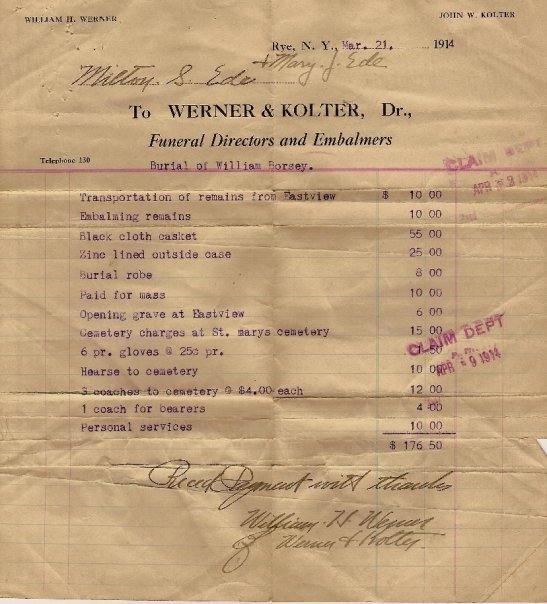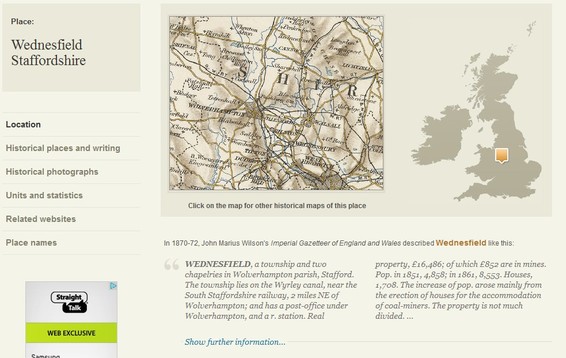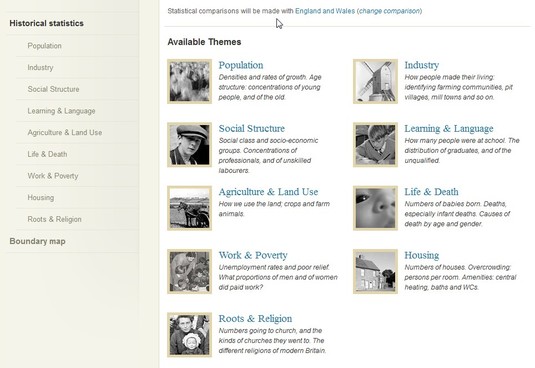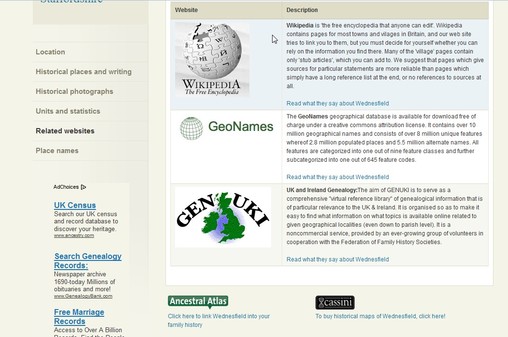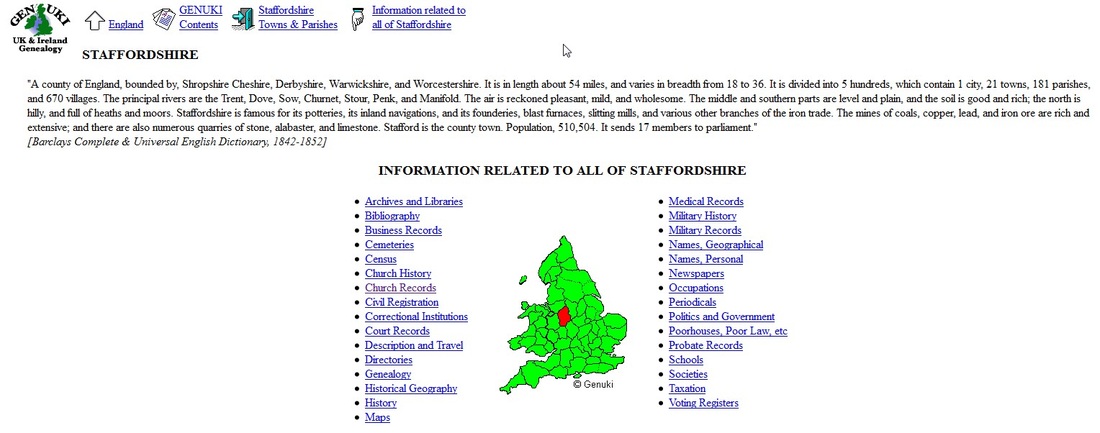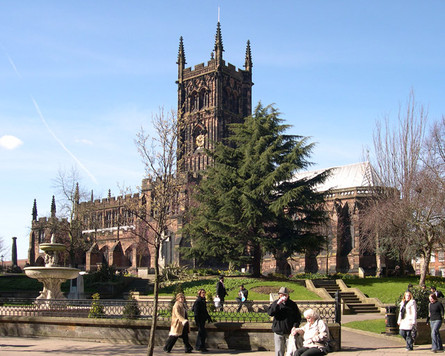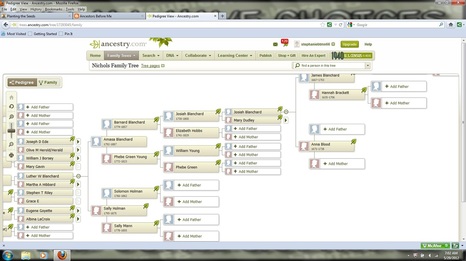In this particular video, she made a statement at the beginning that really hit me. Basically (and I am paraphrasing here), we create our own brick walls sometimes by tripping over clues that we already have.
Case in point for me:
On the first line it says "Transportation of remains from Eastview". I had assumed that was a cemetery in Westchester County, NY. So off to Find A Grave.

When I did a search for it, in the Westchester area of NY, this is the result I got. Hmmmm.
"Cemetery notes and/or description:
In 1824, New York State legislated that each county had to establish an institution for the care of the poor. So Westchester County purchased 110 acres of farmland in East Tarrytown / Knapp's Corners, and built what is now known as the Westchester County Alms House. The Alms House opened up in 1828. Knapp's Corners later became known as 'East View', the name of a 350-acre estate purchased by James Butler in 1893. East View (or Eastview) is considered to be a hamlet in the town of Mount Pleasant, NY.
The County Alms House was actually a complex of buildings. It included a main building to accomodate the 'inmates', a laundry house, a tramp house, stables, & outhouses. It also had a small plot of land set aside for a cemetery (the 'County Alms House Cemetery'). I believe in 1914 the Alms House in Eastview was closed for use as the 'poor house', & that it was converted into a hospital for a short period of time (the 'Westchester County Hospital').
The County Alms House Cemetery was used to bury the poor of the county. It also included persons whose identities were unknown. Many of the cemetery burials were for people from the Alms House, local hospitals, nursing homes, & penitentiary.
The Westchester County Historical Society has old maps of the Alms House complex. On a 1901 map of Eastview, NY you can see the cemetery listed as the 'County House Cemetery.' It was also referred to as the 'County Alms House Cemetery'. This cemetery was used for close to 100 years (c.1827-c.1920).
After 1920, a new cemetery was built for the poor of Westchester County. This cemetery was called 'Potter's Field' and it was built on the 'Grasslands' complex in Valhalla, NY. The burials for this cemetery can be found on the FindAGrave website. There is a cemetery map which was created with all the occupants of the Potter's Field cemetery - it is available at the Westchester County Archives.
In 1935, the land where the County Alms House Cemetery was located was given over to make way for the construction of the Saw Mill River Parkway. Instead of disturbing any of the existing graves, the cemetery in Eastview was covered over with 20 feet of dirt and the Parkway was then built over it. This old cemetery would've been located somewhere around the present-day vicinity of Exit 23 off of the Saw Mill River Parkway." (you can find it at this link.
I look at this paper, and my first thought was..."gee, it didn't cost much to bury someone back then". But I also had to put it into perspective: My Great Grandparents had only been married two years at the time, and the cost of a funeral for a young couple just starting out must have been a huge burden. Especially back then, when wages were pennies a day, compared today.
Always take time to go back over your research, and make sure you look at it with new eyes. Don't just assume you know what that random scrap of history says. Really stop and look at it, absorb it.
